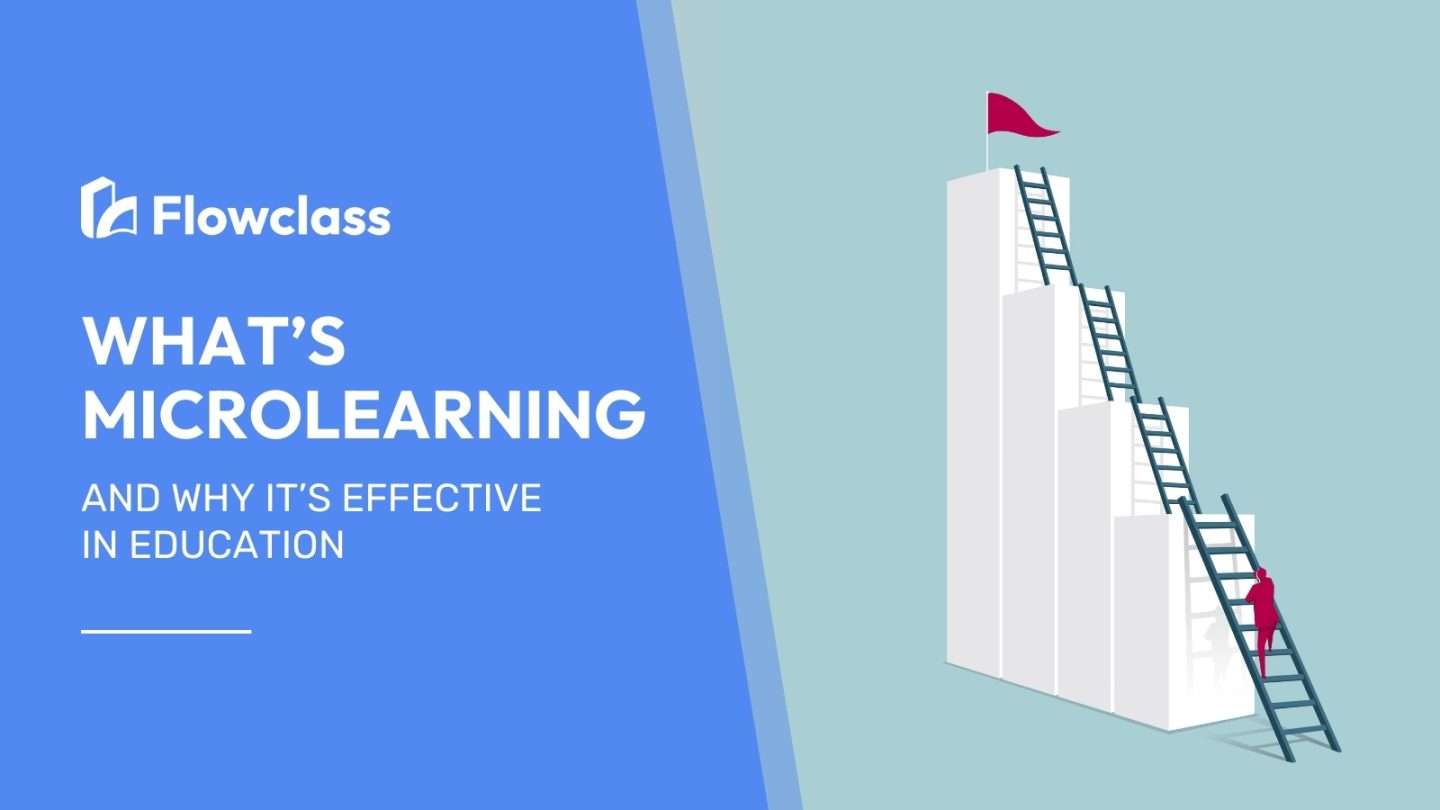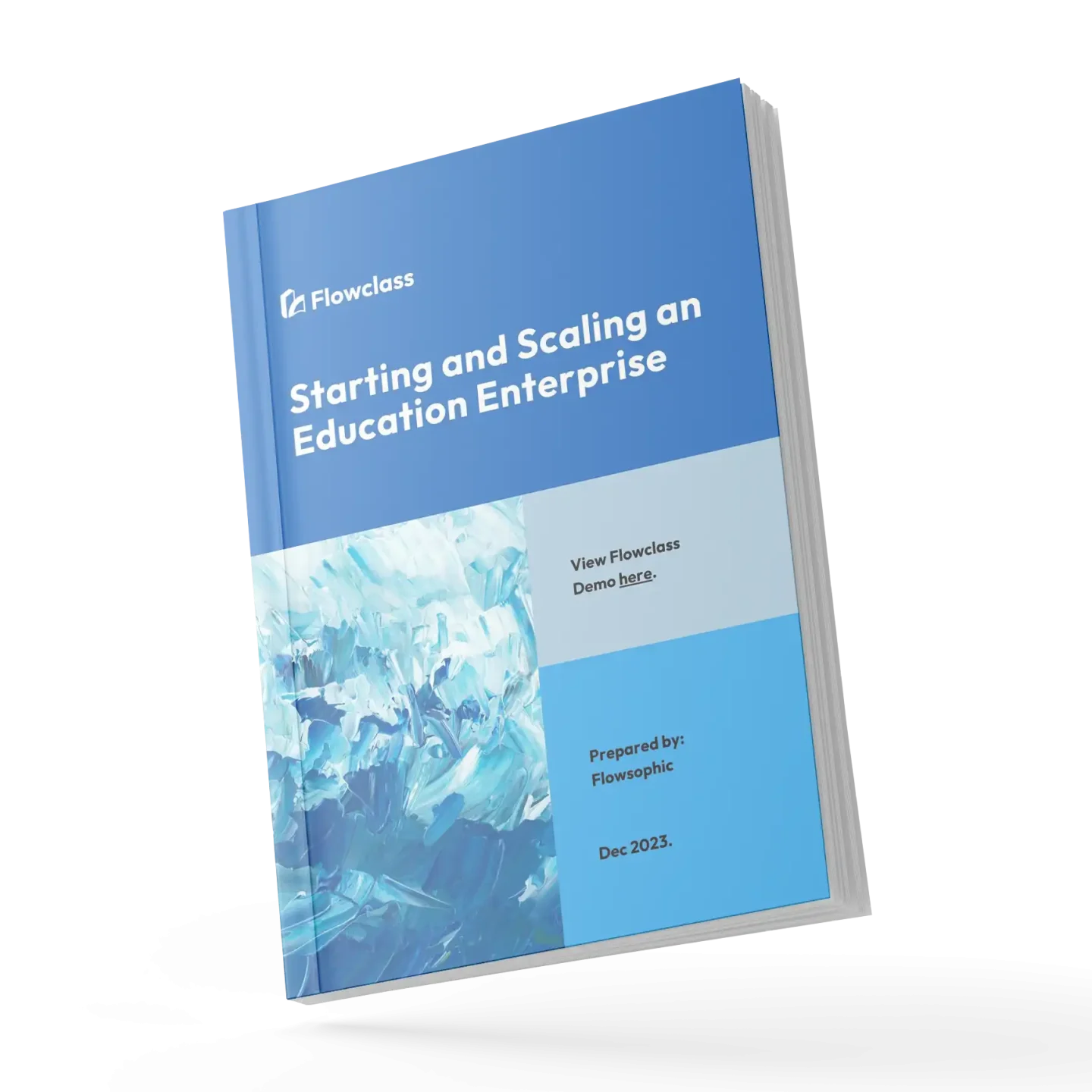In today’s fast-paced world, traditional learning methods are evolving. People are busier, attention spans are shorter, and the demand for flexible education is growing. This is where microlearning comes in. Microlearning is an innovative approach where knowledge is delivered in small, focused bursts, often through digital platforms.
Instead of long lectures or reading sessions, microlearning breaks content into bite-sized lessons. These lessons are easy to digest and can be completed in a short amount of time. This method is gaining popularity in both education and corporate training due to its effectiveness in improving retention and engagement.
In this blog, we will explore what microlearning is, why it works so well, and how it can be used to enhance learning outcomes.
What Is Microlearning?
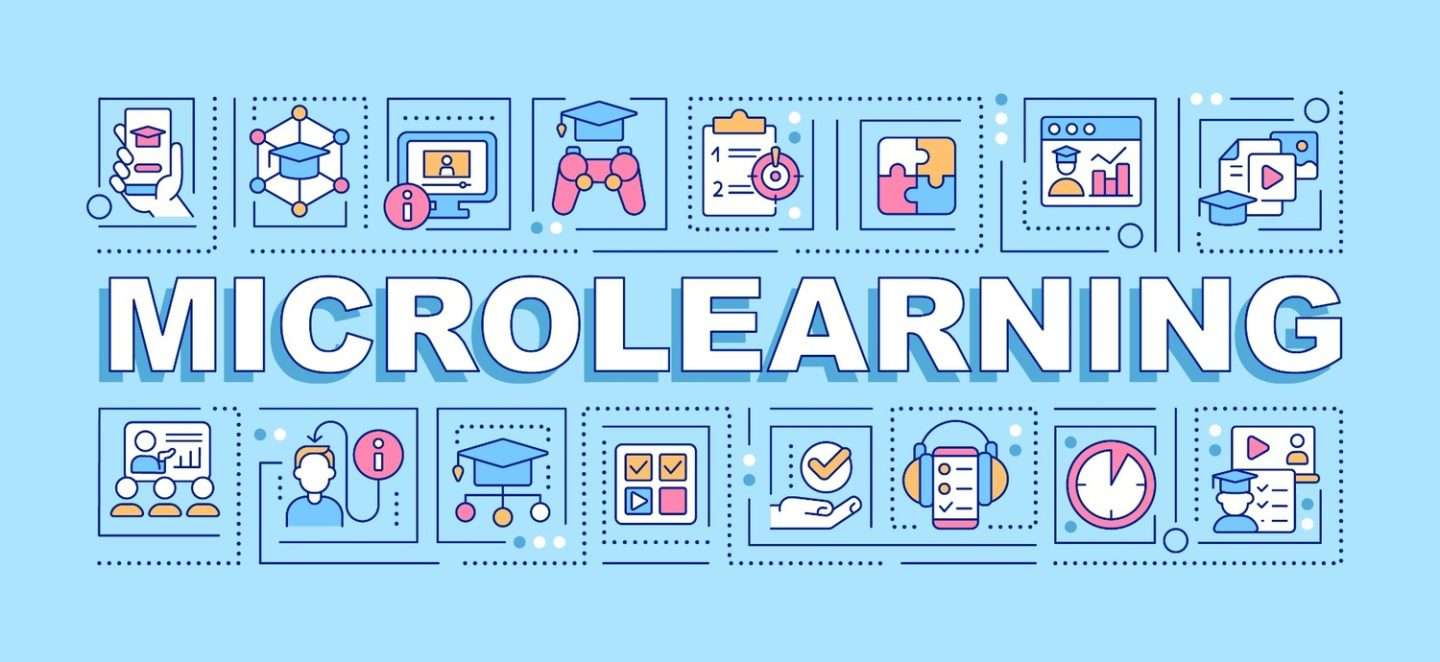
Microlearning is a teaching method that delivers information in small, focused pieces. It’s designed to be quick, targeted, and efficient. Lessons are usually just a few minutes long and focus on one key concept or skill.
This method is often delivered through digital platforms like apps, videos, or short quizzes. Learners can access microlearning modules on their smartphones, tablets, or computers, making it highly flexible. Whether you’re commuting, taking a quick break, or studying at home, microlearning fits into your schedule.
Moreover, microlearning is adaptable. It can be used in various fields like education, employee training, skill development, and even personal growth. Because of its flexibility, learners can access content whenever and wherever they want.
Why Microlearning Is Effective
Microlearning works because it’s designed for the way people naturally learn. Traditional lectures or long reading sessions can overwhelm learners with too much information at once. In contrast, microlearning focuses on just one idea or concept, making it easier to understand and remember.
One of the biggest advantages of microlearning is improved retention. When information is delivered in small, digestible chunks, learners are more likely to retain what they’ve learned. Studies show that people often forget up to 80% of what they learn within a few days if they don’t review it. Microlearning combats this by breaking lessons into smaller parts that are easier to recall.
Additionally, microlearning is often interactive. Many platforms include quizzes, games, or hands-on activities to engage learners. This active involvement helps reinforce new knowledge and encourages learners to apply what they’ve learned.
Incorporating microlearning into your daily routine is easy. Learners can review materials during lunch breaks, while commuting, or before bed. This flexibility makes it a popular choice for busy professionals, students, and educators alike.
The Science Behind Microlearning
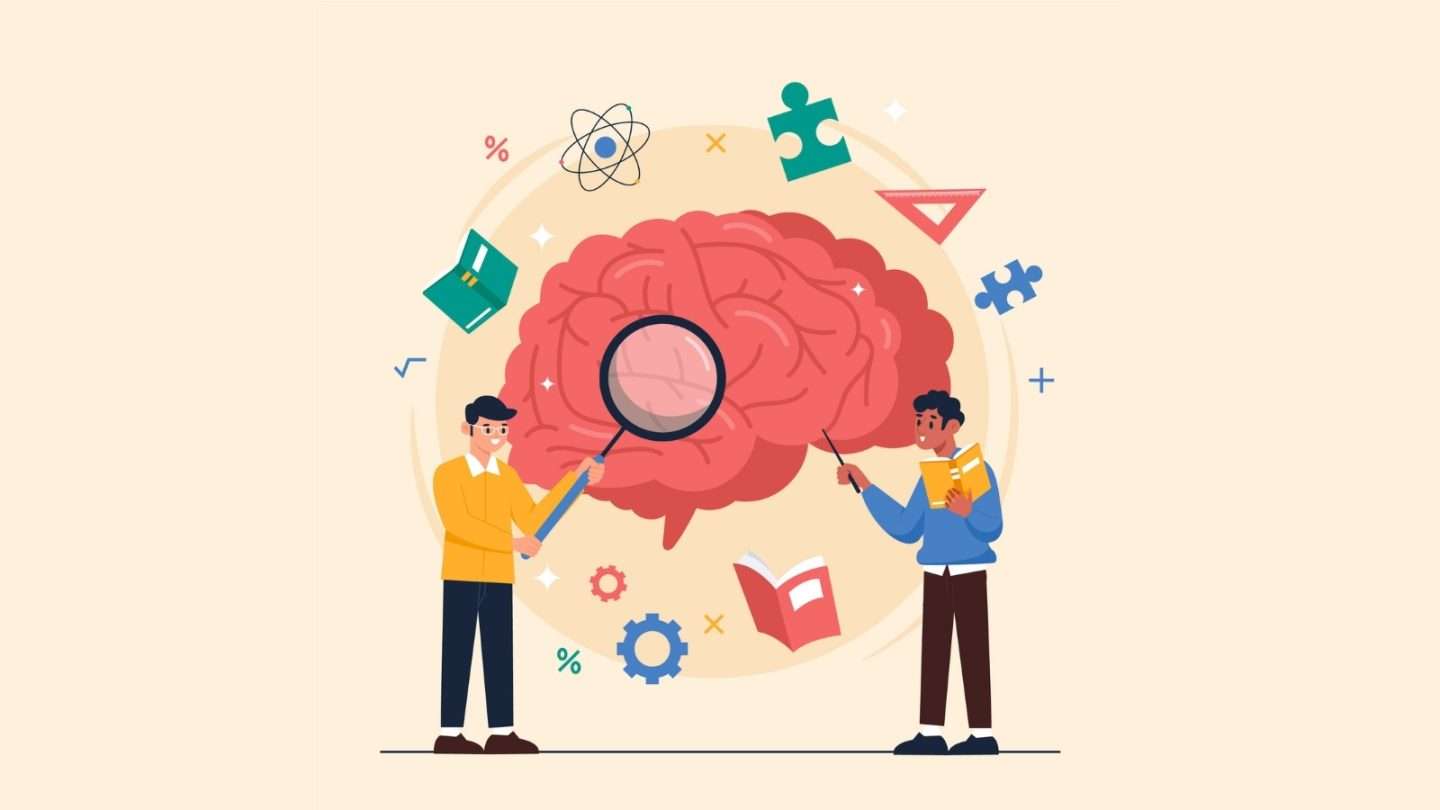
Microlearning is supported by cognitive science. Research shows that the brain processes information more effectively when it’s broken into smaller segments. This is known as chunking, a process where information is divided into manageable pieces, allowing the brain to absorb and retain it more easily.
In traditional learning environments, long lessons or lectures can lead to cognitive overload. This happens when the brain is overwhelmed by too much information at once, leading to poor retention. Microlearning avoids this by offering short, focused lessons that target just one piece of information at a time.
Moreover, microlearning leverages the spacing effect. This principle suggests that learning is more effective when it’s spread out over time, rather than crammed into one session. By delivering small lessons frequently, microlearning helps improve long-term retention.
For more on the science of microlearning, visit this article by Cognitive Science Society.
Where Microlearning Is Used
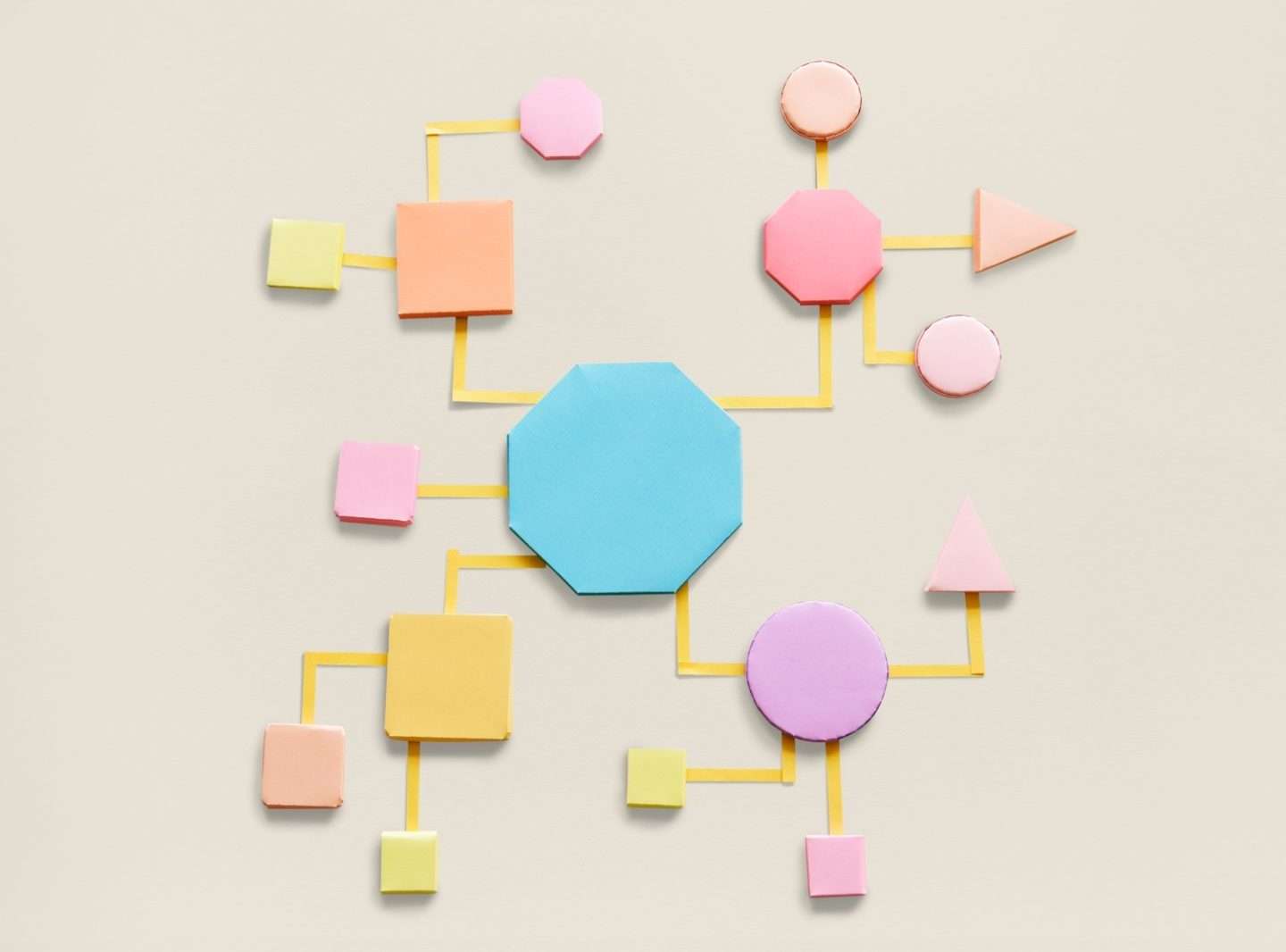
Microlearning can be used in a variety of settings. One of the most common areas where it’s applied is in corporate training. Many companies now use microlearning for employee onboarding, skill development, and compliance training because it’s cost-effective and easy to implement.
For example, a sales team might use microlearning to learn about new products. Instead of attending a full-day training session, employees can watch short videos or complete quizzes that focus on key features of the product.
In education, microlearning is being adopted in both K-12 and higher education. Teachers are incorporating short videos, interactive quizzes, and digital flashcards into their lessons to help students grasp complex concepts in a shorter amount of time. This approach is especially helpful for subjects like math, science, and language learning, where students can benefit from repeated exposure to key concepts.
Microlearning is also popular in online learning platforms such as Coursera and Udemy. These platforms offer short lessons that learners can complete at their own pace, making it easier for people to learn new skills or subjects without committing to long hours of study.
Additionally, microlearning is often used for personal development. Apps like Duolingo and Headspace offer short lessons in language learning or mindfulness, helping users develop new skills or habits through small, consistent efforts.
How to Implement Microlearning in Your Classroom
If you’re an educator or trainer, incorporating microlearning into your teaching strategy can be simple and effective. Here are a few steps to get started:
- Break Lessons into Small Chunks
The key to microlearning is focusing on one concept at a time. Instead of presenting a long lecture on a broad topic, break it into smaller sections. For example, if you’re teaching history, you might create one micro-lesson on the causes of a war and another on its outcomes. Each lesson should be quick and focused. - Use Multimedia
Incorporate videos, quizzes, and images to make your lessons more engaging. Platforms like YouTube or educational apps offer a variety of resources that can help you create interactive microlearning sessions. - Make It Accessible
Use digital platforms that your students or employees can access on their phones or computers. This allows them to learn on the go, increasing the likelihood that they will engage with the content. - Add Assessments
Include short quizzes or activities at the end of each micro-lesson. This helps reinforce the information and gives learners a chance to apply what they’ve learned. - Encourage Repetition
Since repetition improves retention, encourage learners to revisit previous lessons. This can be done through spaced repetition tools or by offering regular review sessions.
For more tips on implementing microlearning, check out this guide from eLearning Industry.
The Benefits of Microlearning
Microlearning offers several benefits that make it an attractive option for both learners and educators.
- Flexibility
Learners can access microlearning modules anytime and anywhere. This makes it ideal for busy professionals or students who need to fit learning into their schedules. Whether you have five minutes on the train or 10 minutes before bed, microlearning makes it possible to engage with content whenever it’s convenient. - Increased Engagement
Because microlearning is interactive and focused, learners are more likely to stay engaged. Instead of sitting through long, passive lectures, they can complete short, active lessons that keep them motivated. - Better Retention
As mentioned earlier, microlearning improves retention by delivering information in small chunks. This allows the brain to process and store information more effectively, leading to better long-term memory. - Cost-Effectiveness
For companies or educational institutions, microlearning can be more cost-effective than traditional training methods. It requires fewer resources and can be delivered digitally, reducing the need for in-person sessions or extensive materials. - Personalized Learning
Microlearning can be tailored to meet the needs of individual learners. For example, a student struggling with a particular concept can revisit specific micro-lessons until they fully understand it. This personalized approach makes learning more efficient and effective.
Challenges of Microlearning
While microlearning offers many advantages, it’s not without challenges. One of the potential downsides is that it may not be suitable for teaching complex, in-depth subjects that require more time to explain and explore.
Additionally, microlearning requires careful planning. It’s essential to ensure that each lesson is focused and that learners can easily connect each piece of information to the broader topic.
Finally, while microlearning is convenient, it requires discipline from learners. Since lessons are short, learners may be tempted to skip sessions or not engage fully with the material. Encouraging consistency and active participation is key to overcoming this challenge.
Conclusion
In a world where time is precious and attention spans are short, microlearning offers a solution that fits modern needs. It breaks down complex subjects into manageable chunks, making learning faster, more engaging, and more effective. By incorporating microlearning into education or training programs, you can help learners retain more information, stay engaged, and develop valuable skills in a fraction of the time.
Whether you’re a teacher, student, or professional, microlearning is a powerful tool that can transform the way you approach learning. So, why not start today? Explore microlearning platforms and see how this innovative method can make a difference in your learning journey.
For more information on microlearning and its applications, visit this comprehensive guide from TalentLMS.

